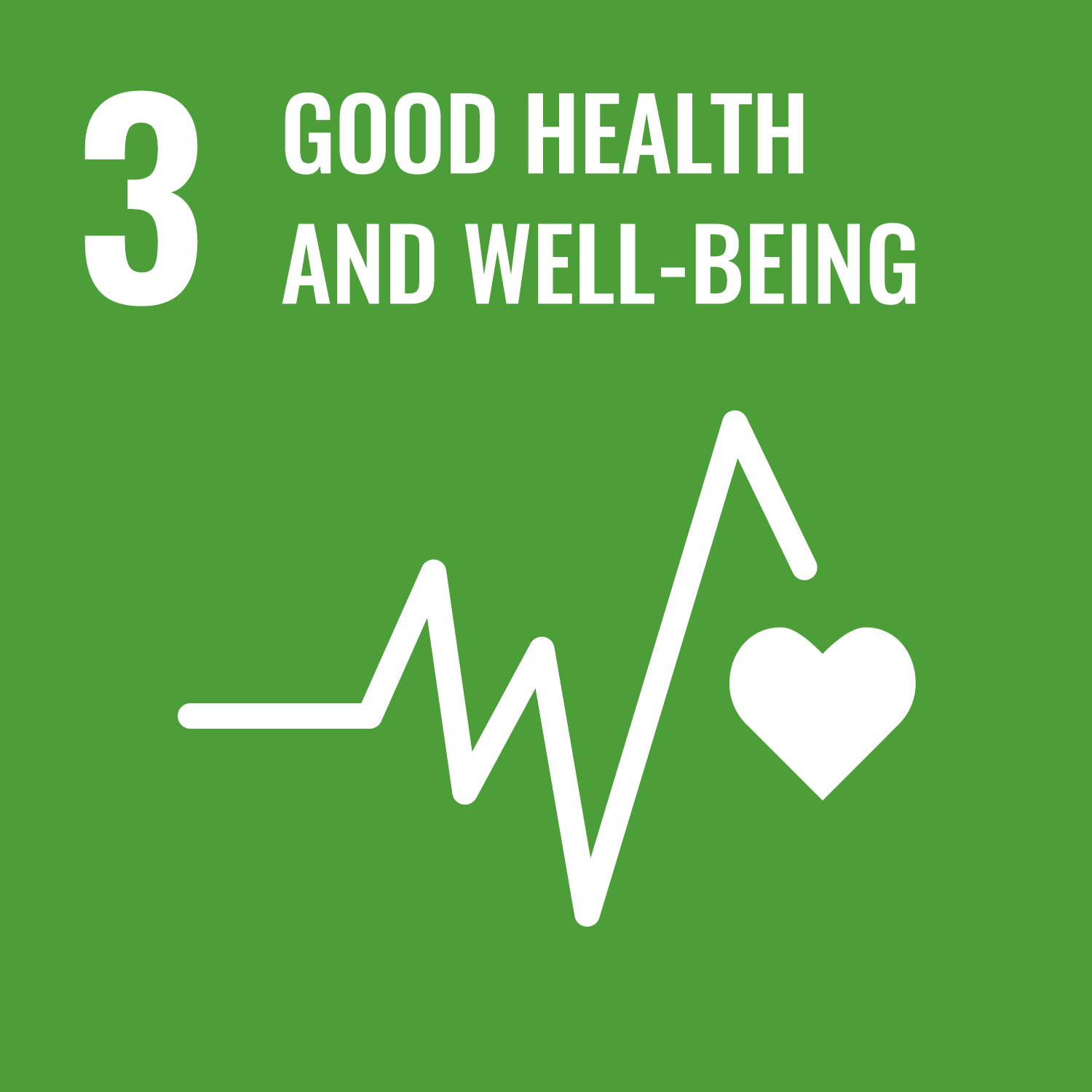In modern society, image processing technology is applied to all fields. This largely depends on the abundant information
amount of the image. In this course, after lectures on basic techniques of image digitization and processing, students will
learn the principles of medical imaging technologies such as ultrasound, X-ray CT, and magnetic resonance imaging (MRI).
To understand general image digitization and image processing methods. Further, students will learn the properties and construction
principles of representative medical images.
- Be able to explain basic terms of image processing with full understanding.
- Be able to explain basic techniques in image processing.
- Be able to explain the principles and characteristics of representative medical imaging technologies with understanding of the significance of medical images.
| Class schedule | HW assignments (Including preparation and review of the class.) | Amount of Time Required | |
|---|---|---|---|
| 1. | About Digital images (Color, Sampling, Quantization) | Preparation (Text 1-4, 1-5) | 90minutes |
| Review of the contents | 100minutes | ||
| 2. | Geometric transformation. Image filtering and image transformation (1) | Preparation (Text 1-3-2, 1-3-3, 1-6-1, 5-1, 5-2) | 90minutes |
| Review of the contents | 100minutes | ||
| 3. | Image filtering and image transformation (2). Binary image processing (1) | Preparation (Text 5-3, 5-4, 6-1) | 90minutes |
| Review of the contents | 100minutes | ||
| 4. | Binary image processing (2). Image segmentation. Video image processing. Pattern detection. | Preparation (Text 6-1, 6-3, 6-4, 7-3) | 90minutes |
| Review of the contents | 100minutes | ||
| 5. | Pattern recognition, Neural network and deep learning. Input and output equipment (1). | Preparation (Text 7-5, 7-5, 9-5) | 90minutes |
| Review of the contents | 100minutes | ||
| 6. | Input and output equipment (1). Image file format and recording methods. | Preparation (Text 9-5, 9-6) | 90minutes |
| Review of the contents | 100minutes | ||
| 7. | Midterm exam and explanations | Review of all the contents | 190minutes |
| 8. | Measurements and Imaging Ultrasound imaging |
Exercise | 30minutes |
| Survey and discussion on medical imaging | 180minutes | ||
| 9. | X-ray imaging | Exercise | 30minutes |
| Survey and discussion on medical imaging | 180minutes | ||
| 10. | Magnetic resonance imaging (MRI) | Exercise | 30minutes |
| Survey and discussion on medical imaging | 180minutes | ||
| 11. | Practice of medical image processing: MRI | Report 1 | 180minutes |
| Survey and discussion on medical imaging | 30minutes | ||
| 12. | Deep learning and medical image | Exercise | 30minutes |
| Preparation for the final exam | 180minutes | ||
| 13. | Final exam and explanations | Survey and discussion on medical imaging | 180minutes |
| 14. | Special lecture | Report 2 | 180minutes |
| Total. | - | - | 2740minutes |
| Midterm exam | Final exam | Quizzes and assignments | Reports | Total. | |
|---|---|---|---|---|---|
| 1. | 25% | 25% | |||
| 2. | 25% | 25% | |||
| 3. | 30% | 5% | 15% | 50% | |
| 4. | 0% | ||||
| Total. | 50% | 30% | 5% | 15% | - |
Comprehensive evaluations including quizzes/assignments (5%), and reports (15%) in addition to the results of the mid-term
exam (50%) and the final exam (30%) will be conducted.
In addition, the qualification of the image processing engineer examination is taken into the considerations (details will be described first).
The exam will be based on the contents of textbooks, prints, lecture materials, etc.
Students with total evaluation of above 60% earn the credits.
In addition, the qualification of the image processing engineer examination is taken into the considerations (details will be described first).
The exam will be based on the contents of textbooks, prints, lecture materials, etc.
Students with total evaluation of above 60% earn the credits.
Visual information processing -Introduction to Computer graphics and Image processing- (CG-ARTS)
Prepare to be able to understand the program algorithm which was taught in classes such as Information Processing.
- Takahashi: Friday lunch break.
- Sato: 5th period of Tuesday (an e-mail appointment is needed in advance).
- Course that cultivates an ability for utilizing knowledge
- Course that cultivates a basic problem-solving skills
| Work experience | Work experience and relevance to the course content if applicable |
|---|---|
| Applicable | Taking advantage of experience engaged in R&D of biomedical technology at a company, examples of the practical application will be discussed. |


- 3.GOOD HEALTH AND WELL-BEING
- 9.INDUSTRY, INNOVATION AND INFRASTRUCTURE
Last modified : Fri Mar 18 23:37:36 JST 2022

